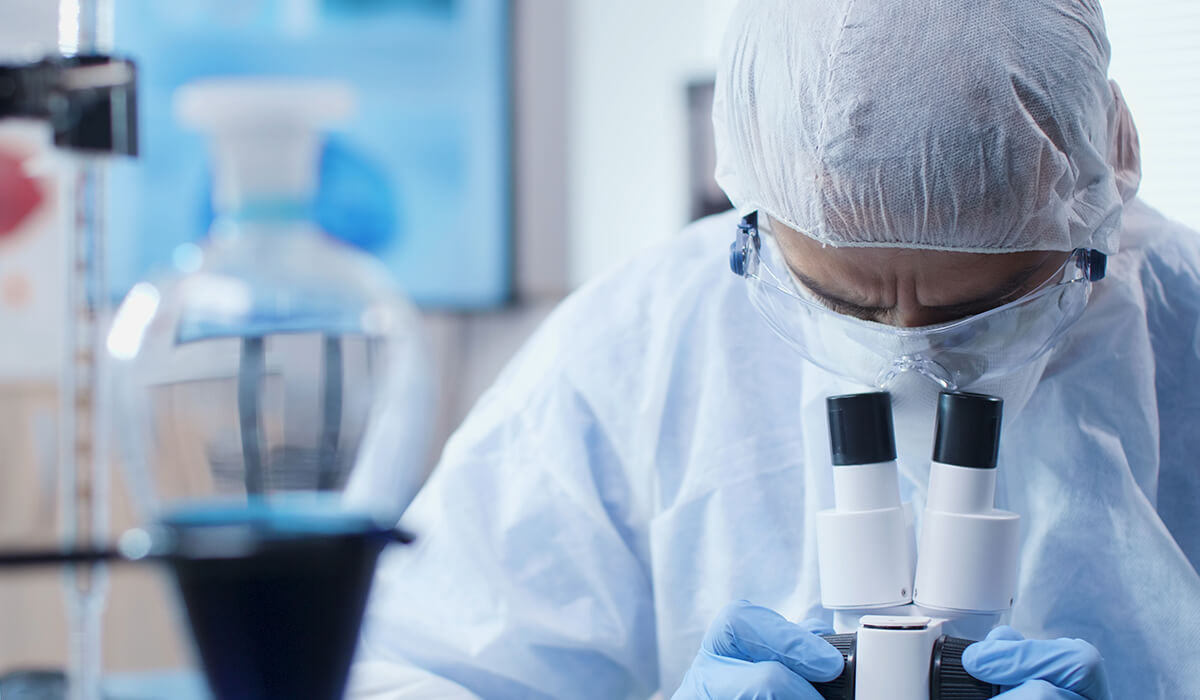How to Draft a Life Science Patent Application for US Examination
Drafting a patent application for US examination is similar to Europe, Canada, and Australia. Although the support requirements for the US are probably more lenient than most other countries, a detailed disclosure is important to provide flexibility in avoiding obviousness rejections. This article will address these considerations.
Written Description and Enablement
The support requirements–written description and enablement–are fairly easily met in the United States for patents claiming new compounds or even new formulations of existing compounds. However, they are more stringent when it comes to claims directed to methods of treating a disease.
Written Description
Written description requires that a person of ordinary skill in the art would recognize that the inventor had possession of the claimed invention. For new chemical compounds, the written description requirement is satisfied if a person of ordinary skill in the art would know the structures of the compounds that are covered by the claims from the disclosure. Of course, having a rich description of various structural features is very helpful in dealing with prior art. Thus, a description that is designed to allow flexibility in amending the claims should easily meet the written description requirement in the US.
Written description rejections are uncommon for claims covering the use of a compound or composition for the treatment of a particular disease or class of diseases. However, if the compounds are defined by their biological activity instead of their structure, there will need to be a sufficient number of examples of compounds having that activity to show that the inventor had possession of the full claim scope. It is not necessarily to prove that the compounds have that particular activity, but there needs to be enough structural information in the application so that a person of ordinary skill would know which compounds the inventors believe have that biological activity. This is most important when you are compounds having a particular type of biological activity are unknown in the prior art.
Enablement
The enablement requirement for chemical compounds is also fairly easily met in the United States. Normally, all this requires is that a person of ordinary skill in the art be able to make and use the compounds without undue experimentation. Generally, the United States Patent Office assumes that a person of ordinary skill in the art can make most compounds, and that a person of ordinary skill in the art can make any formulation described in the application. However, to be safe, it is best to include the experimental procedures used to make the compounds that the inventors have prepared. If the patent application alleges that the compound can be administered to treat a certain disease, and generally describes how it would be administered, it is unlikely that there will be an enablement rejection against claims for the chemical compound or for a formulation.
Enablement rejections are more common for claims directed to methods of treating a disease. The application is not required to have any evidence showing that a compound or a composition is effective in treating a disease. However, if it is not included, an examiner may require the applicant to submit evidence that the method is enabled in the form of experimental results or prior art accompanied by reasoning as to why a person of ordinary skill in the art would have a reasonable expectation that the method will work. Other than prior art, this is probably the most common reason that a claim for treating a disease will have to be narrowed. It is not uncommon to have to narrow the claims to treating a single disease or a small group of diseases.
Inventive Step
The US does not have an inventive step requirement per se. Instead, US law requires that the claims be non-obvious. A claim is non-obvious unless: 1) all of the elements of the claims are taught or suggested in the prior art; 2) that there is an apparent reason or motivation to combine the prior art elements in the manner claimed; and 3) that there was a reasonable expectation of success. If these three requirements are met, then a claim can still be shown to be non-obvious by providing evidence of so called “secondary considerations” such as unexpected results, long felt need, copying, commercial success, etc., or a combination of these.
Common Mistakes
Although the requirements for written description and enablement are not particularly difficult to meet in the US, the most common problem with US applications is that the description is not sufficiently detailed to allow flexibility in amending the claims. In the pharmaceutical area, the US Patent Office has a very high bar for showing non-obviousness. This means that it is important to have a detailed disclosure to support a large variety of claim amendments to allow for a large range of potential strategies for dealing with prior art. The most common problem with patent applications is that they have very broad statements with regard to what the application covers, but they do not focus on having a large variety of narrower genera that cover the compounds or compositions that the inventor made. Thus, often the applicant is limited to just the specific compounds that are named or depicted in the application.




